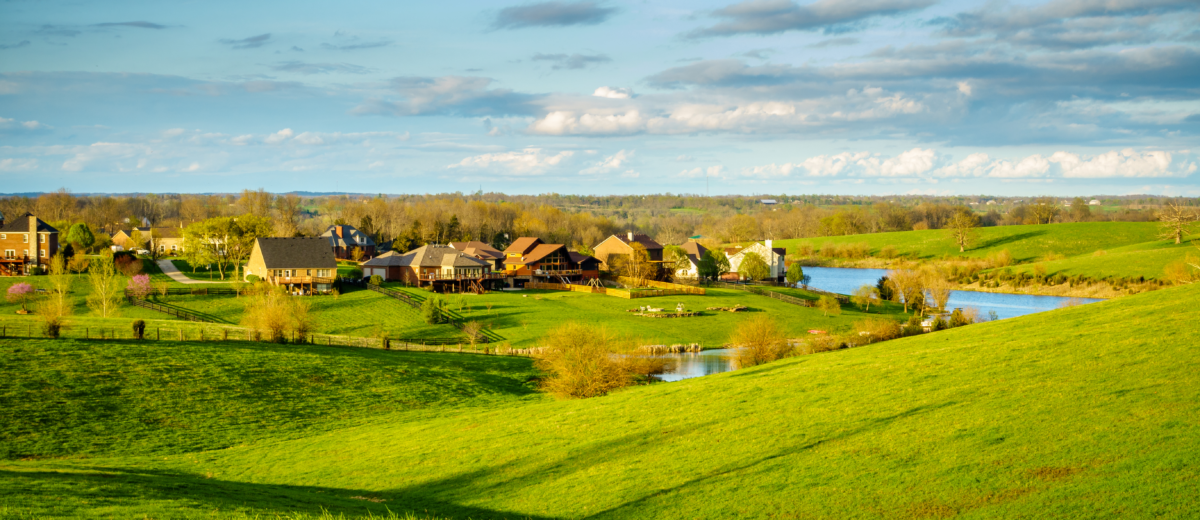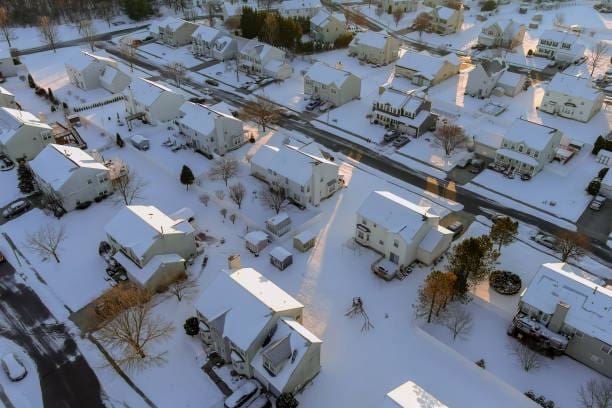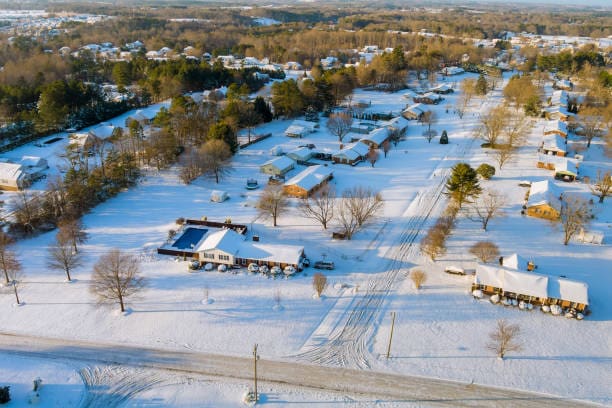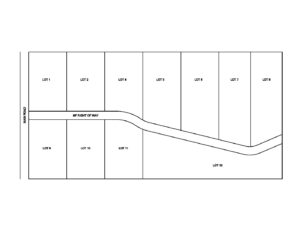In our previous blogs, we have discussed various terms and given examples of rights of way and how rights of way are acquired and potentially lost. In the following two blogs, we will discuss some examples of living within a land development, commonly known as a subdivision, and how rights within the development work.
Rights of Way and Subdivisions
Many people live in a neighborhood created by a mechanism known as a subdivision. A subdivision is a planned community and, since September of 1971, has been required to be reviewed and approved by the municipal planning board. A subdivision can be a few lots to hundreds of lots.
Oftentimes the roads and infrastructure supporting the neighborhood are built by the developer and then deeded to the municipality. This would make the roads and utilities municipally owned. The town or city plows and maintains the street, and the general public can pass along the road like any other public street.
Suppose the roads and utilities are not transferred to the municipality (some municipalities do not want the added burden of taking care of more roads than they already have, or the developer does not want to build the road to the quality required by the municipality). In that case, the rights and maintenance are sometimes conveyed to a homeowners association, who then becomes the legal owner of the road and utilities and assumes responsibilities. Road maintenance responsibilities and ownership become less apparent in those developments where no homeowners association is created.
Private Road Ownership
In this example, a 12-lot subdivision with a 1,000-foot-long dead-end road was created 20 years ago—the road on the subdivision plan provided for a 66-foot wide right of way. The developer built a good dirt road and installed utility poles to service all the parcels, which were all sold, and homes were built on all the parcels. No homeowners association was created.
All the original owners were friends, but as time passed, people’s lives changed, and a few homes were sold to second owners. This also is very common in Maine.
One of the original owners informally took care of the road and snowplowing. Maybe some other owners chipped in a couple of dollars for gas, but there were no formal cost-sharing arrangements. Over the years, the road condition deteriorated, and the adjoining homes maybe fenced in their yards and planted trees, inevitably encroaching into the 66-foot wide right of way.
In our next blog, we will continue with examples of the same 12-lot subdivision and describe some everyday situations in our business.



